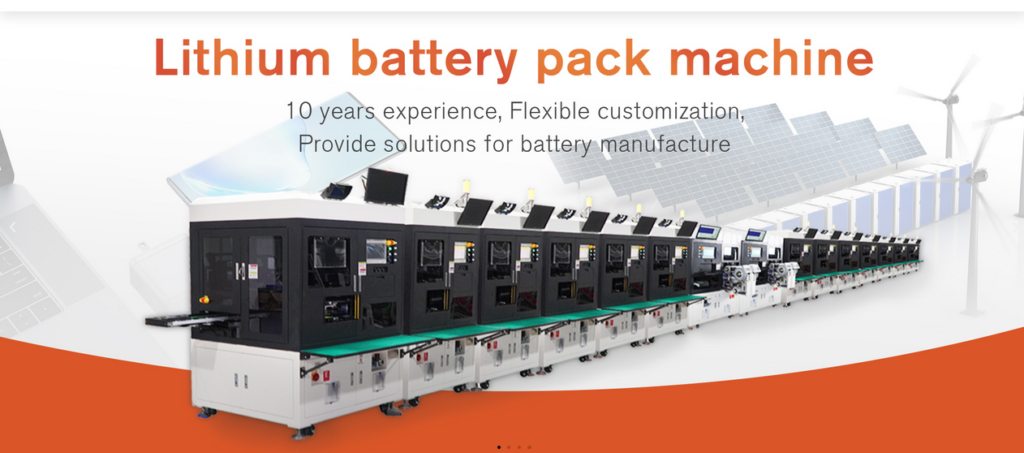Always keep in mind that there is no such thing as a universally applicable battery while making your choices. Finding the optimal battery machine for your application requires prioritizing some battery metrics over others. For instance, reducing internal cell resistance is essential if your application requires a lot of power, and this is often accomplish by increasing the electrode surface area. Energy density is sacrifice in favor of control, with the cost of growing passive parts like current collectors and conductive assistance.
While you may have big aspirations for the battery’s final shape, you may have to compromise to attain the Battery Assembly‘s optimal performance. Recharge ability, energy density, power density, shelf life, safety, form factor, affordability, and flexibility are all key elements to consider when choosing a battery for a consumer application.
Voltage
The electrode materials determine the battery’s operating voltage, which is an additional factor to consider. The distinction between lithium-based chemistries and aqueous (or water) batteries is helpful here. Nominal voltages for lead acid, zinc carbon, and nickel metal hydride (NiMH) batteries. They are about 2 V and are achieve using water-based electrolytes. However, lithium-based Battery Manufacturing machine employ organic electrolytes and include nominal voltages of 3.2 V to 4 V. (both primary and secondary).
Conclusion
Many aspects taken into account while deciding on a Battery Machine. Many have to do with the chemistry of batteries, while others have to do with how batteries are built. In the second post in this series, we’ll go additionally into the elements that influence battery metrics. See why it might be difficult or even pointless to compare them without that context.
More Products:-
Wine Labeler | Battery Cell Assembly Process | Lithium Battery Assembly | Battery Making Machine | Battery Cell Assembly | Lithium Ion Battery Assembly

